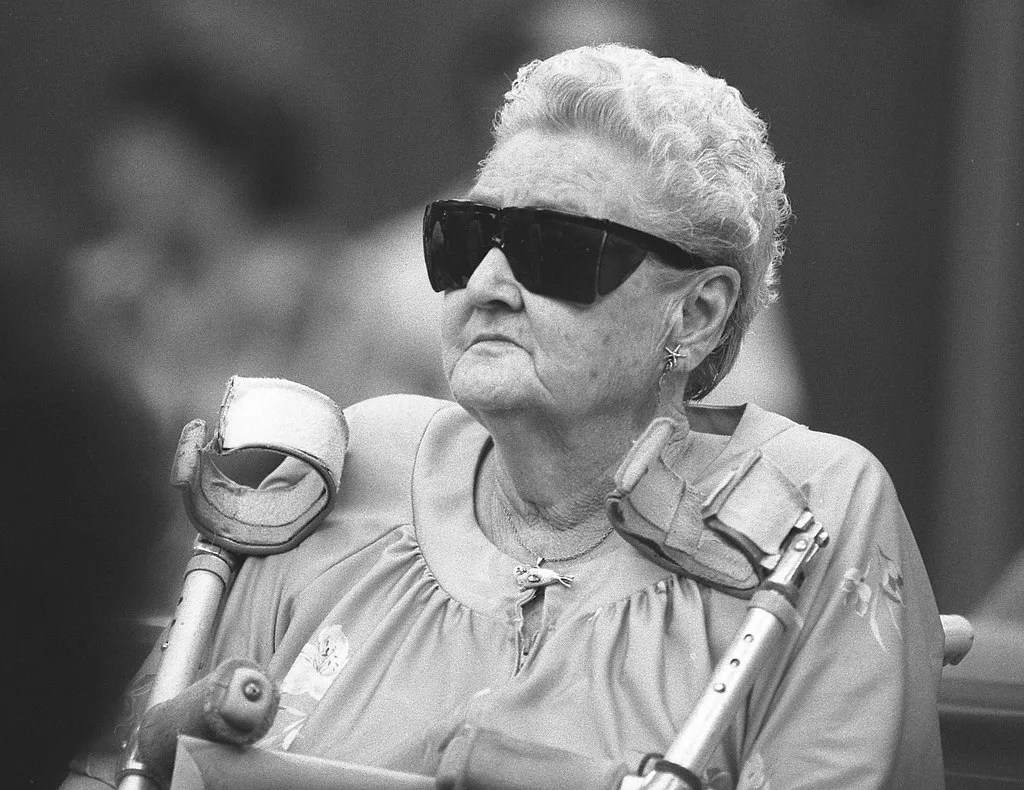
In 1983, a woman in Manhattan Beach, California, wrote a letter to the police. She believed her two-year-old son had been abused at his preschool. The school was called McMartin Day Care, and it had been run by the same family for years. The accusation was serious, but it came with complications. The woman making the claim had a history of delusions and had been diagnosed with paranoid schizophrenia. Even so, the police took her concerns forward.
They sent letters to over two hundred families. The note warned parents that their children might have been abused, and asked them to talk to their kids. It was written on official stationery and used words like investigation and criminal activity. Many of the parents panicked. Some reached out to therapists. Others began asking their children direct questions.
At first, there were only a few claims. Then more appeared. Within weeks, the list grew to include not just physical abuse but far stranger things. Children said they had been taken to secret rooms under the school. They described animal sacrifices, tunnels in the ground, people in robes, and rituals that included flying through the air. They said there were witches. They said there were underground chambers.
Therapists recorded the interviews and shared the tapes. Across the country, newspapers ran stories about the case. The word satanic appeared in print beside photos of a quiet, suburban preschool. Politicians called for answers. The community began to split. Some believed every word. Others hesitated, unsure what to say in a room filled with frightened parents.
The McMartin family, who ran the school, denied everything. Police brought in more interviewers. Journalists crowded outside the building. Television cameras followed the story as it moved from rumor to investigation.
No one knew it yet, but the panic had only just begun.
The Stories Got Stranger and the Adults Got Louder
The children who attended McMartin Day Care were young, many of them under five. They were interviewed repeatedly over several months by therapists and investigators who believed something terrible had happened. The goal was to uncover the truth, but the process quickly shifted into something else.
At the heart of it was a group called Children’s Institute International, led by a therapist named Kee MacFarlane. She used puppets and anatomically correct dolls to help the children tell their stories. The sessions were recorded, and hours of footage were collected. The children were praised when they offered details and gently pushed when they hesitated. Over time, answers began to follow a pattern.
They described abuse that took place in tunnels beneath the school. They talked about ropes, cages, and dark rooms. Some said animals had been killed in front of them. Others spoke of secret trips in hot air balloons. A few claimed they saw people fly. The stories became more elaborate with each session. One child said a teacher drilled holes in them. Another said there were strangers dressed in robes, chanting.
Some of the children changed their answers when asked the same questions again. Some began to name people who were not connected to the school at all. The interviews continued anyway. Transcripts were typed. Diagrams were drawn. Adults searched the school grounds for hidden spaces.
A local archaeologist was brought in to look for the tunnels the children had described. Nothing was found. Dogs trained to detect the scent of human remains were brought to the property. They found no evidence. Still, the investigators continued, and so did the charges.
By the end of it, seven adults were accused. They were members of the McMartin family and teachers who worked at the school. They were charged with dozens of counts and faced the possibility of life in prison. Bail was set in the millions. Some of them remained in jail for years as the case moved slowly through the courts.
The story had already taken hold across the country. Morning shows ran segments about satanic cults. Parents were warned to look for signs of ritual abuse. Daycare centers added cameras. Schools updated their background checks. The panic was no longer limited to one preschool. It had become national.
The children were interviewed again and again. Some stuck to their stories. Others began to change them. But the system had already locked into place.
Years in Court and a Country Changed by Fear
The first McMartin trial began in 1987, nearly four years after the investigation had started. It became the longest and most expensive criminal trial in American history at the time. Jury selection alone lasted more than a year. The courtroom filled with charts, witness lists, videotapes, and long hours of testimony from children who were now several years older than when the interviews first began.
Prosecutors presented a complex story. They described a network of abuse that spanned years and involved secret rituals, hidden rooms, and dozens of victims. The defense argued that the accusations had been shaped by suggestion, pressure, and repetition. They pointed to inconsistencies in the children’s accounts and raised concerns about the interview techniques used during the investigation.
Some children who had made claims during the early interviews no longer stood by their stories. Others testified with confidence but were unable to give consistent details under cross-examination. The defense showed clips from the original interviews where therapists guided children toward specific answers. In several instances, the questions lasted for hours before a child agreed to anything.
After nearly three years of hearings, arguments, and delays, the jury reached its decision. One of the defendants, Ray Buckey, was acquitted on most charges. The jury could not reach a verdict on the rest. A second trial followed, but it ended the same way. In 1990, all remaining charges were dropped. No one was convicted. The case was officially closed, but the impact continued.
The accused had lost years of their lives. Some had been jailed without trial. Others had seen their reputations permanently damaged. Even with no convictions, the public memory of the case remained sharp. In the years that followed, the panic spread into other cities. More schools were investigated. More teachers were questioned. Similar accusations appeared in communities across the country.
The McMartin case became a blueprint. Therapists, police, and prosecutors in other states adopted the same interview techniques. Cases in New Jersey, Massachusetts, and Texas followed similar patterns. Many included claims of satanic rituals, secret tunnels, and groups of adults working in silence. Most of these cases fell apart under scrutiny, but only after lives had been upended.
Looking back, the McMartin Day Care investigation is often cited as a key moment in what became known as the satanic panic. It brought together fear, media attention, and institutional pressure in a way that few cases had before. The public trusted the process. The process kept feeding the fear. And in the middle of it were children who had been caught between concern and confusion.
The school building is gone now. It was demolished in the 1990s and replaced with a public facility. Nothing remains of the classrooms or the playgrounds. What remains is the story.

